The taste of coffee, what can it be? Astringent and spicy, with a slight bitterness, berry, caramel or chocolate notes ... Which shade appears first of all depends on the quality of the beans and the method of preparation. Gourmets claim that the true taste and aroma of the drink are revealed only when prepared in a Turk. The editors of the site "bestx.htgetrid.com/en/" have prepared for you the most popular coffee recipes in Turkey for 2020.
Content
The choice of the Turks
For many, the process of making coffee in a Turk is not just an everyday routine, but a real ritual. For many years, people have been using their favorite cezve and even inherited it. When a vessel becomes unusable, choosing a new one is not at all easy. Today on the market you can find Turks from five basic materials:
- ceramic - can be glazed or uncoated. The ceramics heats up evenly, does not distort the taste, but has a high level of heat capacity. Even when the jug is already removed from the fire, the liquid inside continues to heat up, as the warmed-up walls continue to give off heat. Ceramic ceramics are also very fragile.
- made of stainless steel - the most budget models are made. The advantage of the material is safety, strength and durability. Of the minuses, uneven heating, the bottom heats up much more, the essential oils burn, changing the smell and taste of the drink.
- aluminum - are devoid of the main disadvantage of stainless steel, but it is not recommended to use such a Turk for a long time. When heated, the material is capable of entering into chemical reactions with almost any product, which can lead to health problems.
- copper - are considered the best option for home use. Attractive appearance, high thermal conductivity, uniform heating make the copper Turk an ideal helper. The main thing is to choose models with a special inner coating that protects the drink from direct contact with copper.
- silver - have average functional characteristics, are quite expensive and require special care.

In shape, the Turks can be conical, cylindrical, barrel-shaped. For beginners, conical Turks are recommended. In the past few years, electric tours have been gaining popularity. Such models themselves control the temperature and the level of foam rise, gradually heating the liquid to 96 degrees and dropping the degree of heating.
8 most popular recipes
The taste of coffee can vary significantly depending on the recipe. Someone pre-fry sugar in cezve, someone adds spices or rum. We present the 8 most popular recipes for making coffee in Turkey.
Irish
In eighth place is a warming coffee-based cocktail with gentle, always cold cream and Irish whiskey. To prepare, you need 180 ml of water, 20 g of finely ground coffee, brown sugar (to taste), 30 ml of whiskey, 40 ml of chilled whipped cream. Procedure:
- heat the cezve over low heat;
- add coffee;
- to fill with water;
- heat until foam forms and remove from heat;
- let cool for 1 minute and then heat again;
- pour boiling water over a transparent glass or glass to warm up the walls;
- pour out the water and immediately pour the whiskey and coffee base into the glass;
- add sugar;
- mix;
- form a cap of whipped cream.
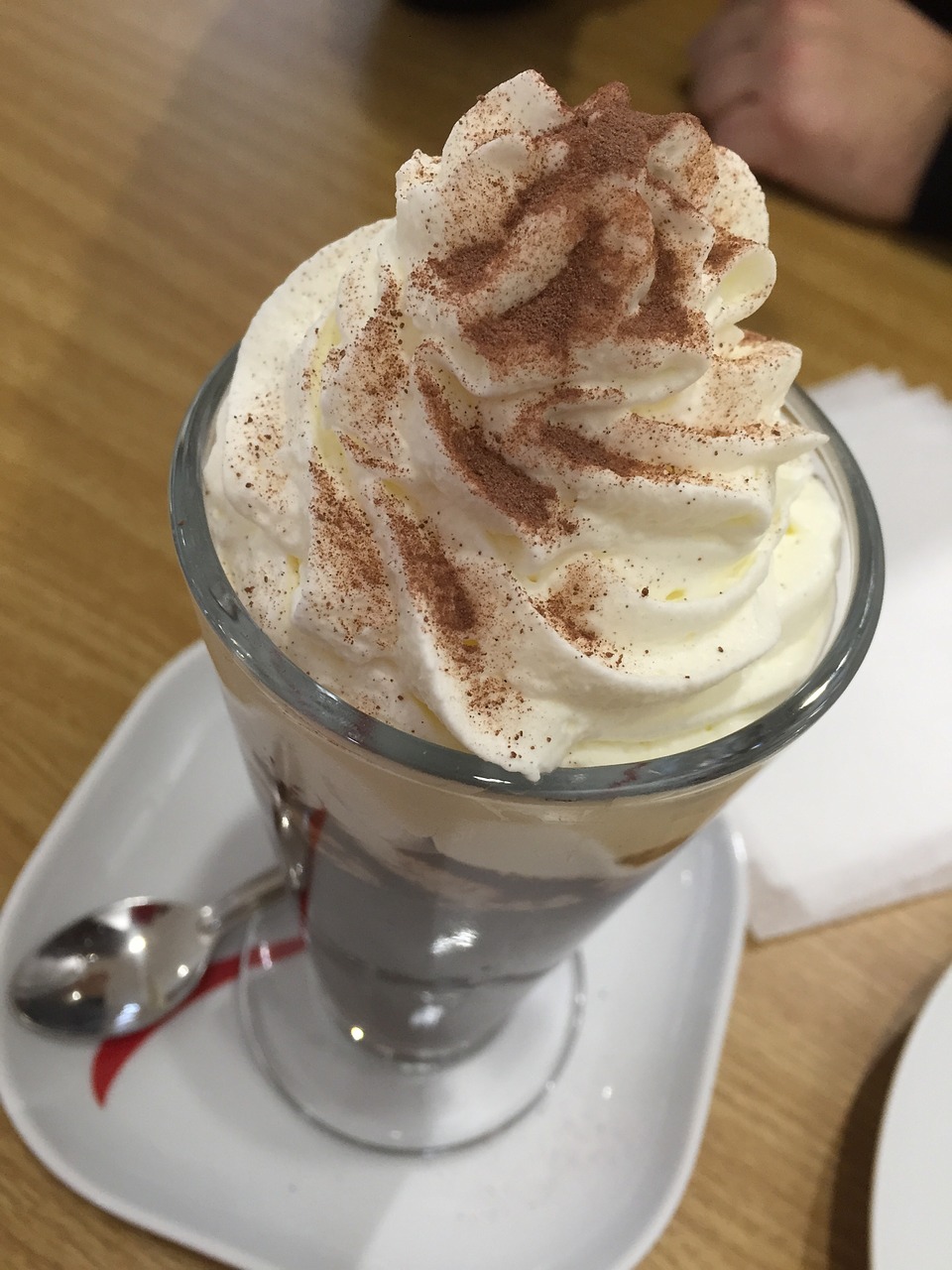
This cocktail helps to keep warm on the coldest evenings. A non-alcoholic version has also been developed, in which the whiskey is replaced with thick syrup.
Advantages:
- easy to prepare;
- warms well;
- contrast of taste sensations between hot and cold.
Disadvantages:
- calories, on average, there are 114 kcal per 100 grams of the finished cocktail.
French
The seventh line of the rating is occupied by a classic French recipe for making a morning drink. Both 100% Arabica and a variety of blends will do. The French prefer medium grinding. One serving will take about 15 g. In addition to the actual coffee beans, you need to prepare 100 ml of cold, soft water, 1 teaspoon of your favorite liqueur or cognac, a pinch of salt (no more than 3 g) and brown sugar (the amount depends on personal preference). Procedure:
- heat the cezve over low heat;
- pour a mixture of coffee and salt, warm up a little;
- add water;
- as soon as the foam starts to rise to the neck, add sugar;
- continue to cook on the lowest heat until the second rise of the foam;
- remove from heat and let cool slightly;
- pour liquor or cognac on the bottom of a small cup, lay coffee on top;
- garnish with whipped cream.
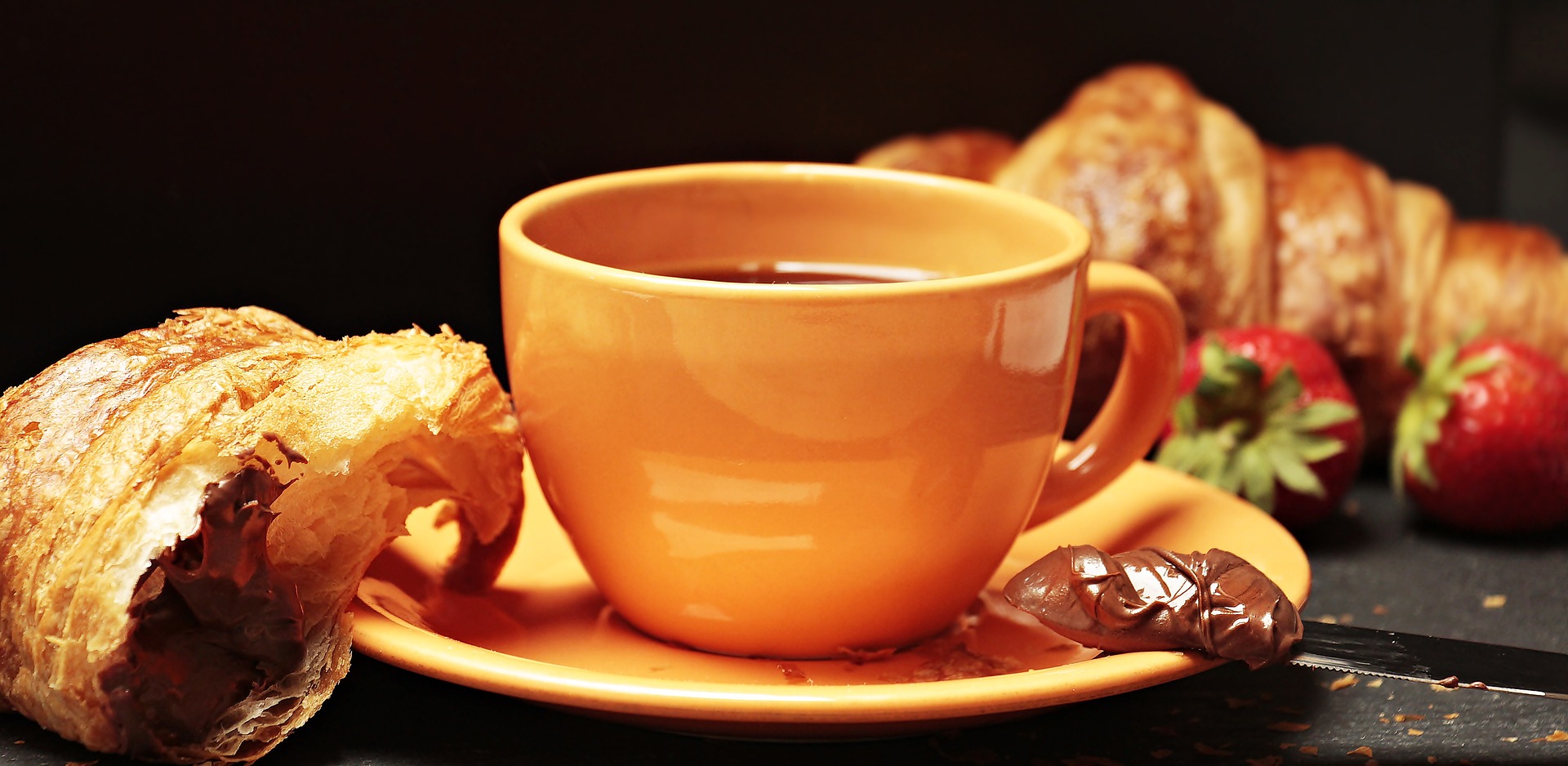
It is customary to serve this drink with pastries, ideally with a croissant.
Advantages:
- easy to cook on gas and electric stoves;
- mild taste with a cognac or liqueur aftertaste;
- bright aroma;
- dense (due to salt) foam.
Disadvantages:
- It's easy to overdo it with salt and ruin the taste.
Kawa smetanka
The next most popular recipe was created in one of the Warsaw institutions more than 200 years ago. The drink is based on baked milk, which successfully hides excessive bitterness and gives a velvety taste. To prepare, you need 200 ml of baked milk, 15 g of finely ground coffee, vanilla sugar 3 g. Procedure:
- pour the milk into the Turk, heat it over low heat, it is important that the liquid heats up, but does not boil;
- move the Turk to a wooden board, add coffee;
- stir slightly, it is better to use a ceramic spoon;
- add vanilla sugar;
- put on a slow fire;
- as soon as the foam begins to rise, remove it from the stove and let it cool slightly;
- repeat the procedure three times;
- we warm up a wide cup;
- pour the drink in a thin stream.
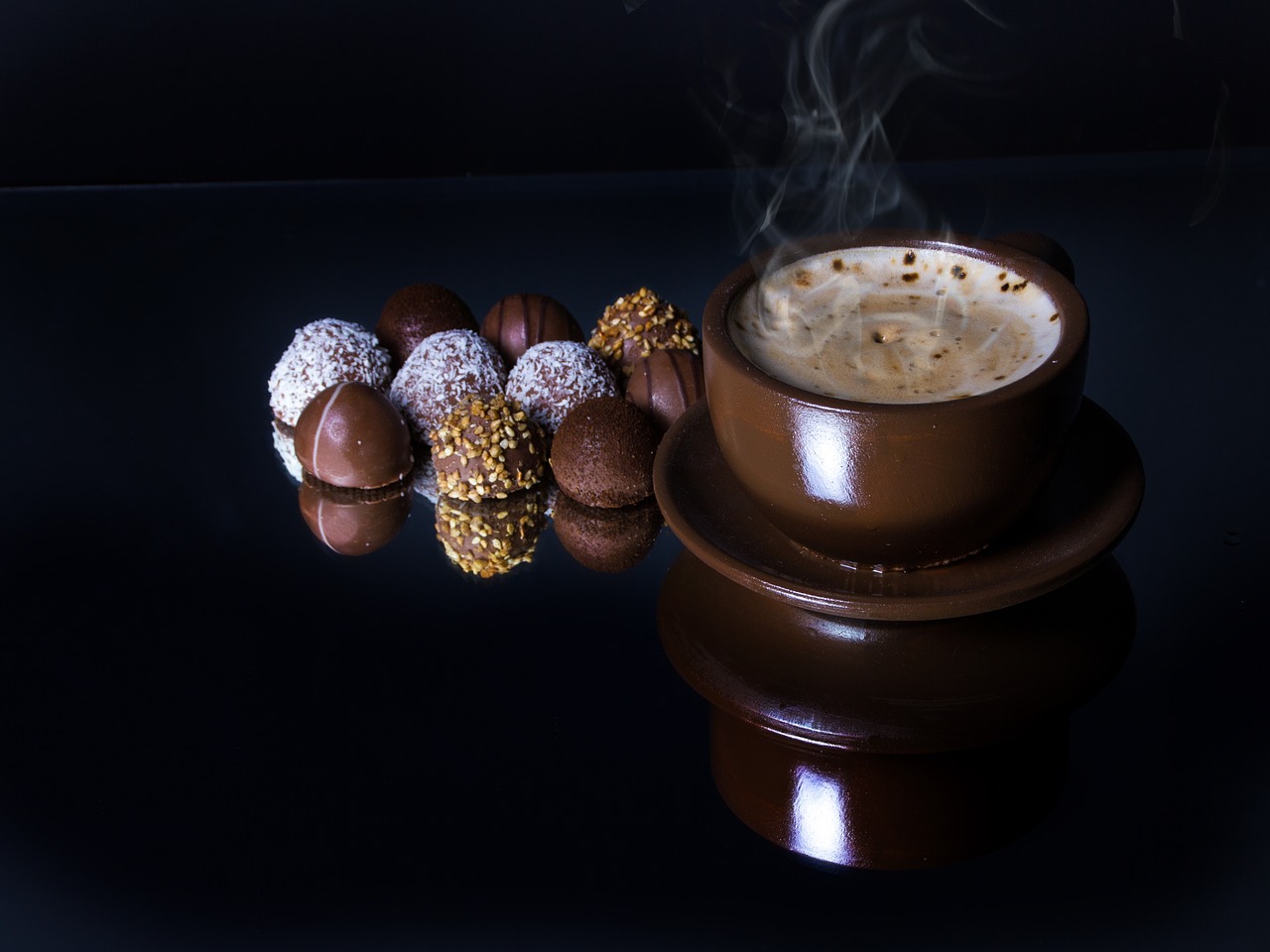
Kawa smetanka is usually garnished with cocoa and tiny chocolate chips. You can also use almond petals.
Advantages:
- easy to cook on gas and electric stoves;
- soft, velvety taste with a minimum of coffee bitterness;
- delicate aroma with hints of vanilla.
Disadvantages:
- if the milk boils, a foam forms, which is very difficult to remove.
In Arabic
On the fifth line is spicy coffee in Arabic. For a classic oriental recipe, grind the grains to a light powder. It is advisable to do this by hand in a mortar. For 75-80 ml of cold water, you will need a full tablespoon of powder, 5 g of granulated sugar and ¼ part of a teaspoon of cardamom. Procedure:
- heat the cezve over low heat;
- pour sugar and fry it until a light golden hue appears;
- pour ¾ cold water;
- bring to a boil and immediately remove from the stove;
- add coffee powder and cardamom;
- heat until foam rises and remove from heat;
- top up the remaining water and heat again until a foam appears;
- repeat heating one more time;
- rearrange the Turk on a wooden board, close the lid and let it brew.
The drink is garnished with ground cinnamon and served in small cups.
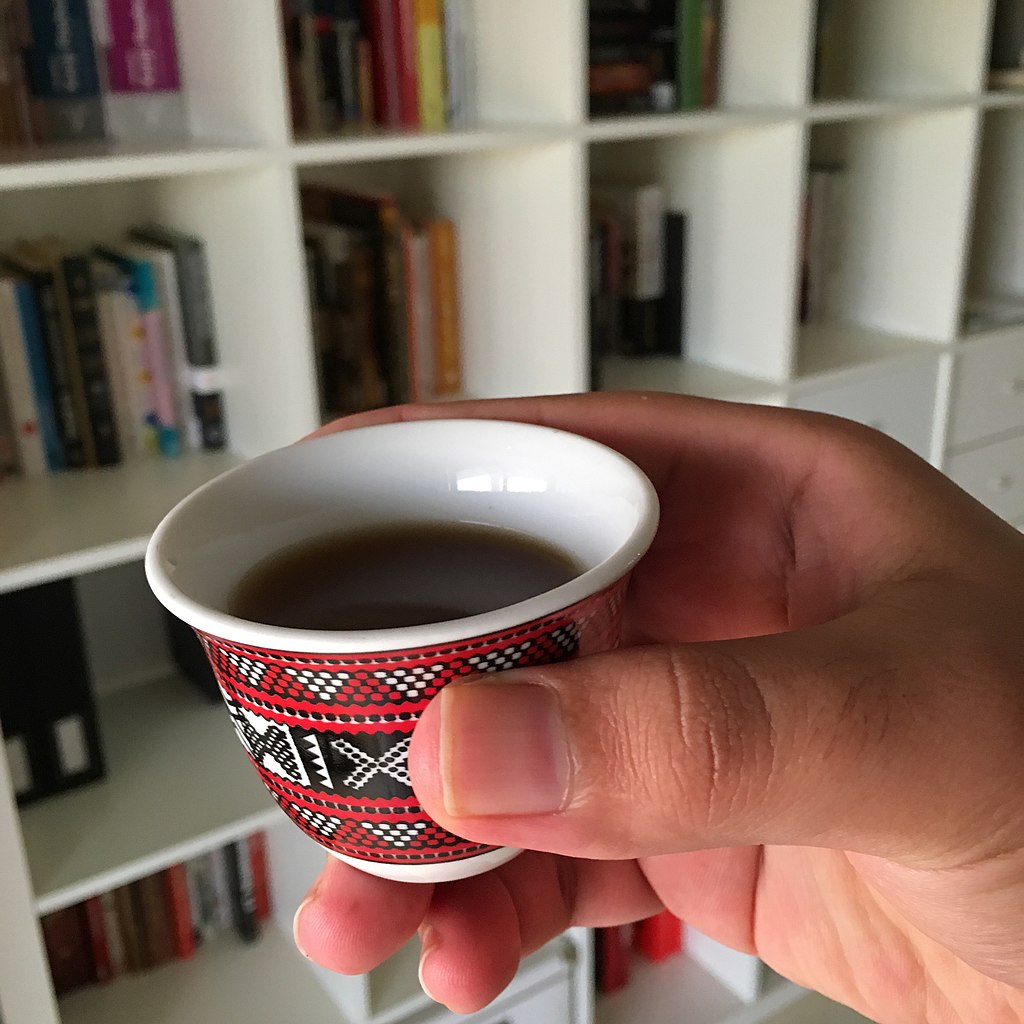
Advantages:
- unique floral-woody aroma;
- easy to cook on gas and electric stoves;
- has a strong tonic effect.
Disadvantages:
- very strong, can cause interruptions in the work of the heart;
- if the sugar is overheated, a specific bitterness will appear.
Viennese with egg yolk
The fourth place is taken by a recipe that combines seemingly little compatible things - coffee and an egg. Nevertheless, this tandem gives an amazing, soft and delicate taste.You will need 15 grams of finely ground coffee, 100 ml of filtered cold water, 1 yolk, 1 teaspoon of powdered sugar, 1 g of vanilla, 50 ml of warm milk, 20 ml of heavy cream, cinnamon. Procedure:
- pour water into the Turk, heat it over low heat;
- add coffee, heat until foam appears;
- remove from the stove and let the foam settle;
- repeat heating;
- we rearrange the Turk on the board and let it cool a little;
- Beat the yolk with powdered sugar until a persistent thick foam;
- put the resulting mass on the bottom of a large, wide cup;
- lay the coffee on top;
- Whip warm milk and cream until fluffy and lay in a "cap".
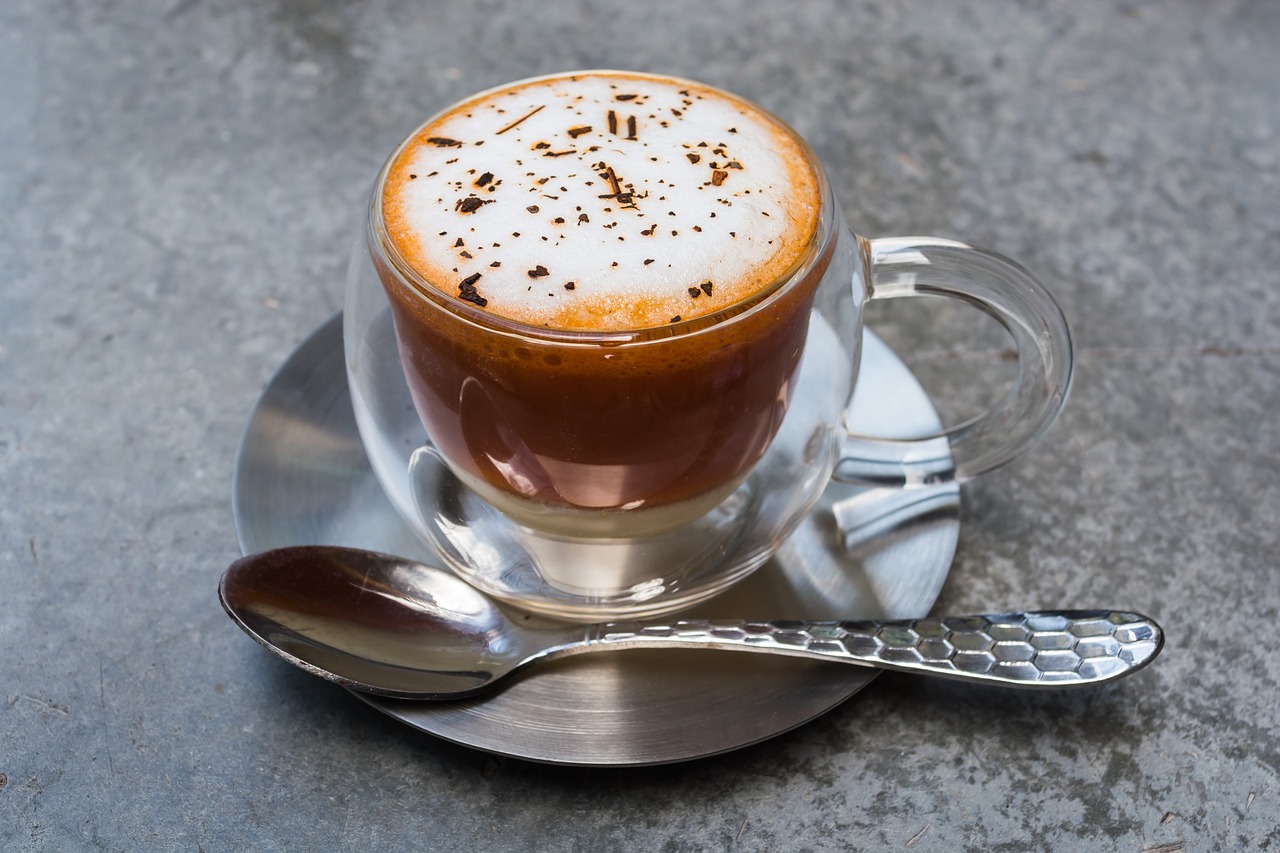
Such a multi-layered miracle is served in transparent cups, decorated with cinnamon and grated bitter chocolate. Sometimes the order of the layers is changed and the egg-sugar mixture becomes a "hat".
Advantages:
- the drink turns out to be dense, has a delicate, soft taste;
- you can dispense with the milk froth simply by placing an egg layer on top of the coffee.
Disadvantages:
- contraindicated in people with diseases of the pancreas.
Almost espresso
In third place is the method of preparation that allows you to get a drink that tastes like espresso. Pre-treatment promotes an increase in the proportion of essential oils in the drink and the formation of a dense foam. It is best to use a mixture of Arabica and Robusta. For preparation, you will need 15 g of finely ground coffee, 55 ml of warm (about 40 degrees) filtered water, sugar. Procedure:
- pour coffee powder into the Turk;
- put on a slow fire and heat up for 10-15 seconds;
- add sugar, the amount is determined depending on personal preference;
- mix;
- pour the water;
- heat until foam rises;
- remove from the stove and let the foam settle;
- repeat heating;
- pour the drink into a cup and let stand.
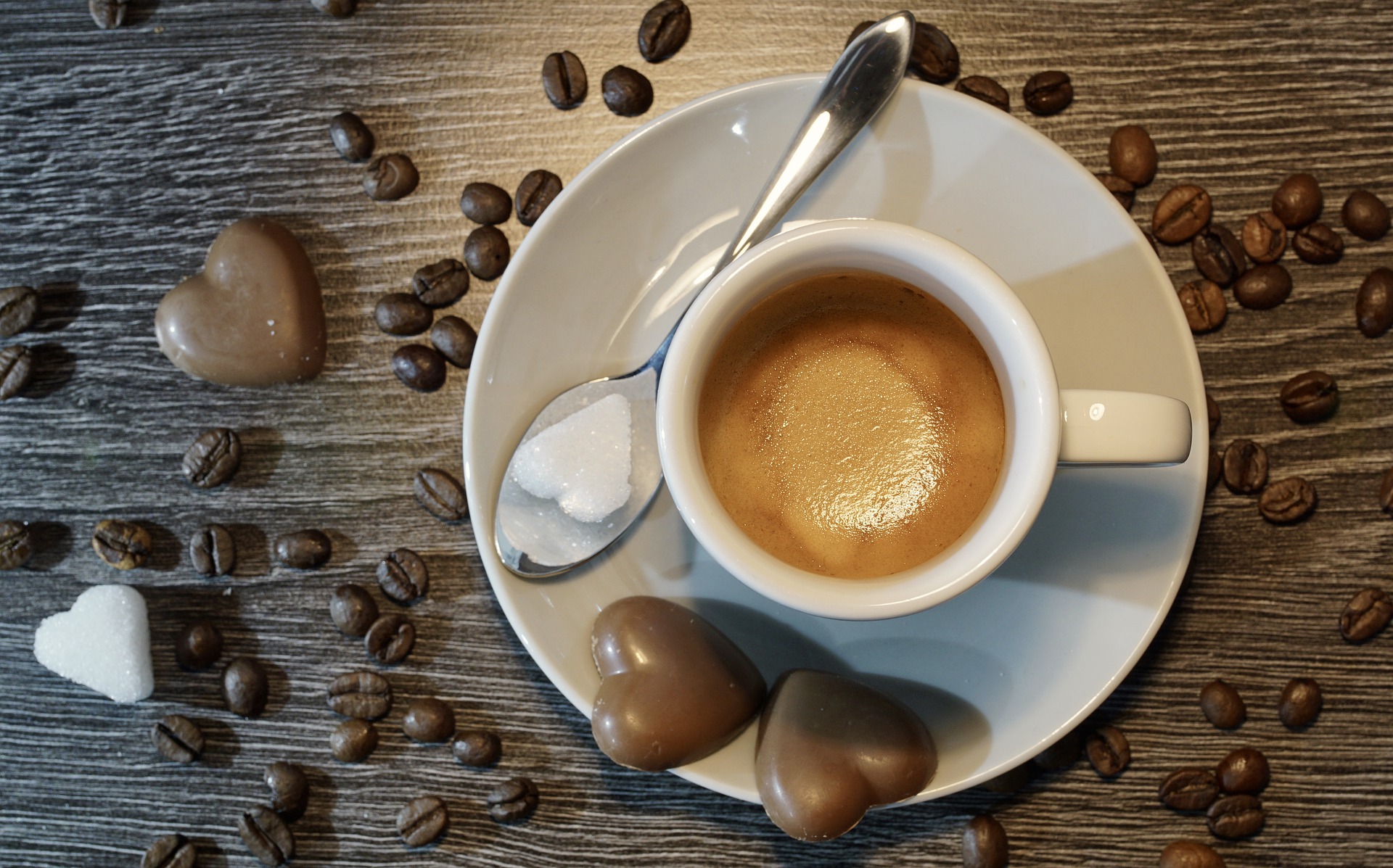
Of course, when prepared in a Turk, the taste will differ from the classic espresso from a coffee maker, but this recipe allows you to get the closest aftertaste and a persistent, thick foam.
Advantages:
- pure taste resembles espresso from a coffee machine;
- dense foam;
- you can not add sugar;
- low calorie content (21.6 kcal with 5 g of sugar).
Disadvantages:
- you will not be able to replace the coffee maker 100%;
- if you overexpose dry coffee powder on the stove, the drink will be very bitter and the characteristic sourness will completely disappear.
Brazilian
The second place is taken by the cooking method that came to us from Brazil. This recipe is considered a gourmet dessert and leaves a rich, chocolatey aftertaste in your mouth. You will need 2 g of cocoa, 5 g of granulated sugar, 20 g of finely ground coffee, soft ice cream or whipped cream, a teaspoon of rum. Procedure:
- pour 100 ml of cold filtered water into a Turk;
- add cocoa, sugar;
- warm up a little;
- add coffee;
- heat over low heat until foam appears;
- remove from the stove, strain;
- pour rum into a large, wide cup, add coffee;
- layering soft ice cream or whipped cream.
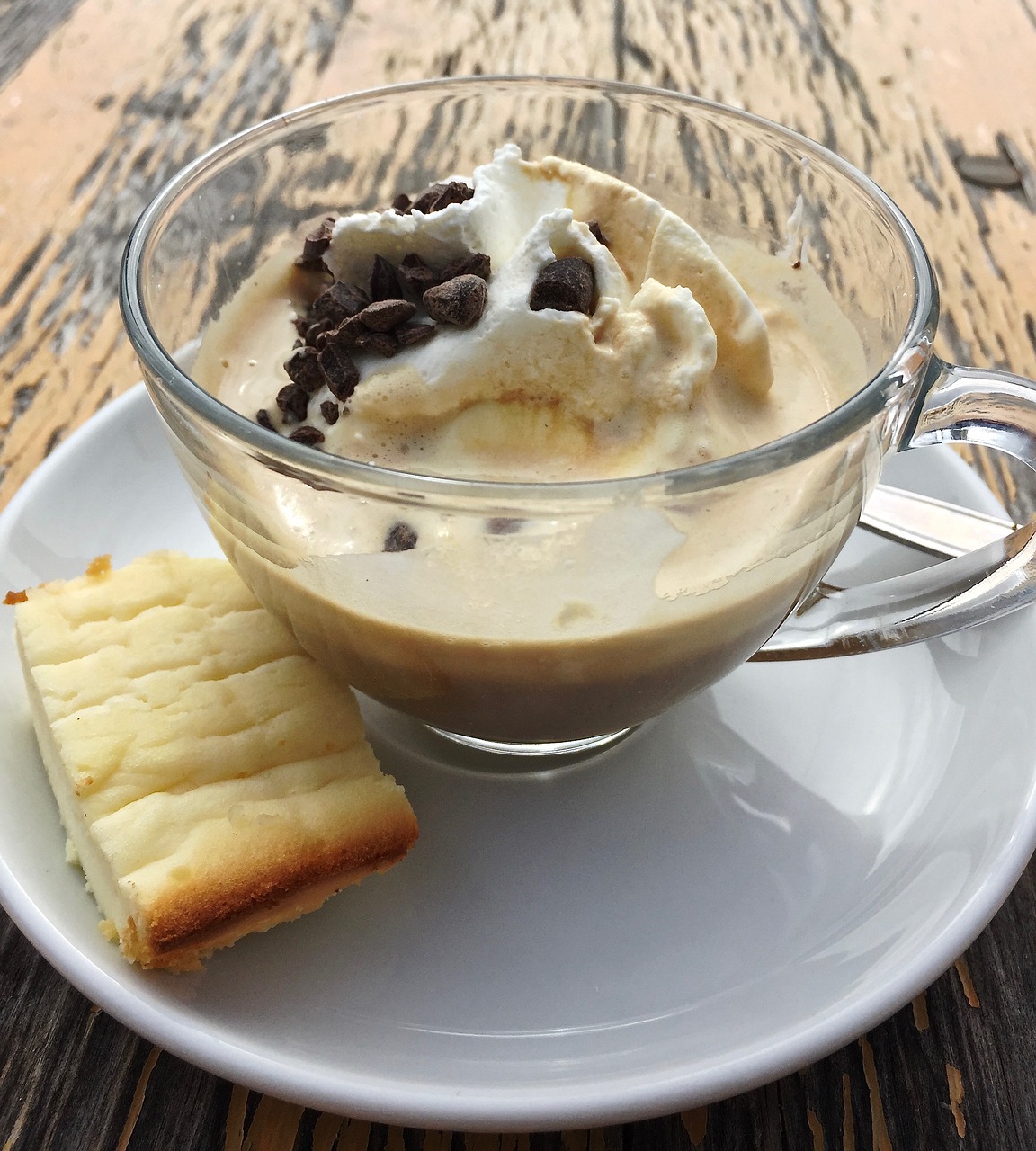
Rum is included in the classic recipe as an obligatory component that sets off the chocolate-coffee taste. But you don't have to add it, it turns out also very interesting.
Advantages:
- an unusual combination of strength and tenderness in the drink;
- easy and quick to prepare;
- contrast of sensations between hot and cold.
Disadvantages:
- strain the drink thoroughly;
- with sugar, ice cream and cream is very high in calories.
In turkish
The first place is taken by the recipe for strong Turkish coffee. The drink is prepared from medium-roasted beans, ground almost to a dusty state. In Turkey, a brazier and hot sand are used for cooking; at home, an ordinary gas stove is quite suitable. And in order to surprise guests, you can use a metal baking sheet or frying pan with high sides and sand. You will need 150 ml of cold, soft water, 1 teaspoon of very fine coffee and sugar. Procedure:
- fill the cezve with water up to the neck;
- heat over low heat;
- add a mixture of coffee and sugar;
- heat until foam appears;
- remove from heat and let stand for 2-3 minutes;
- repeat the heating procedure twice, it is important not to let the drink boil;
- pour into small cups.
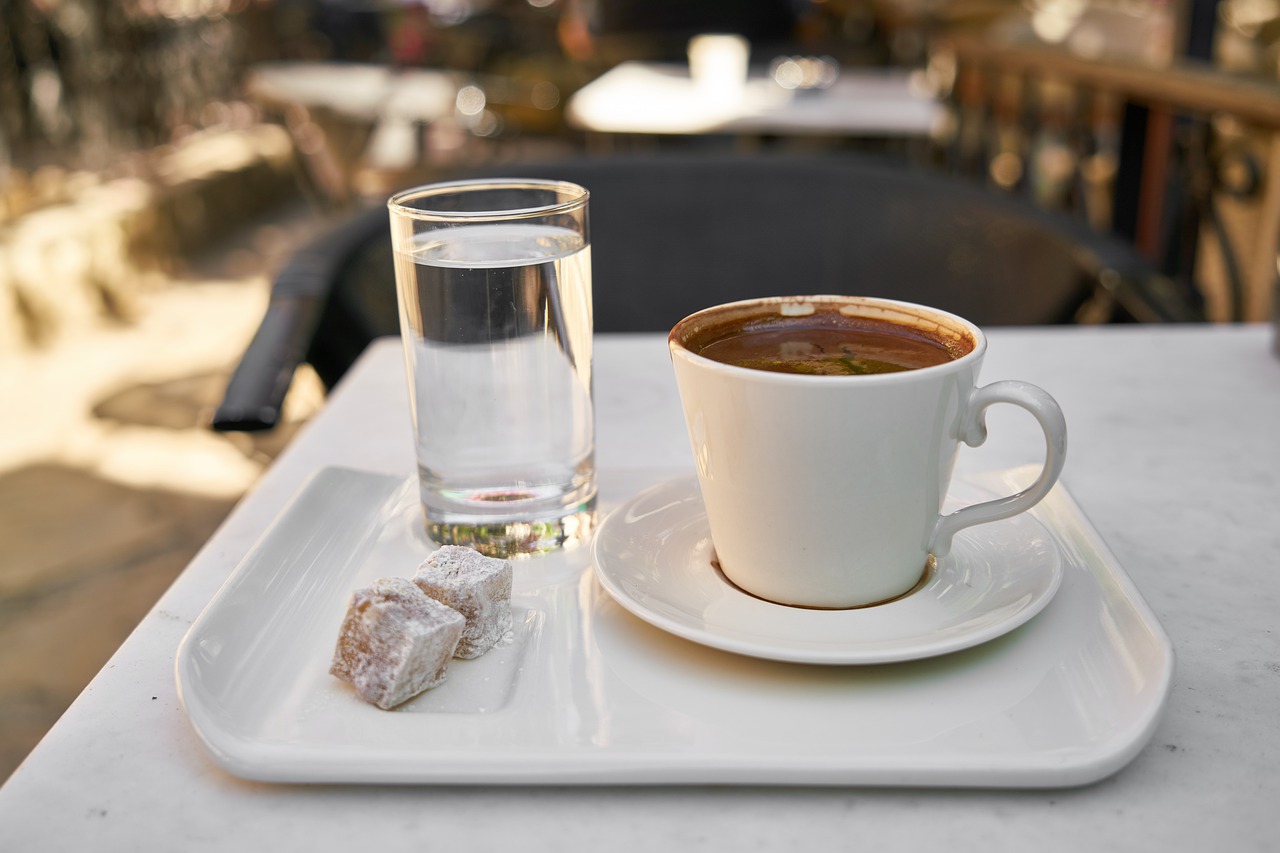
Features of grinding and preparation make the drink very strong, thick, with a bright aroma. They drink it in small sips, washing it down with cold water each time.
Advantages:
- bright coffee taste and aroma;
- lush foam;
- the ability to add a little exotic to the cooking process.
Disadvantages:
- very strong, can cause interruptions in the work of the heart;
- capricious to the quality of water, the presence of impurities and salts will not allow the formation of a lush, thick foam.
Cooking features
In order for an invigorating drink prepared at home to be as tasty as in a coffee shop, it is important to follow a number of rules:
- pick a brand with high quality characteristics that meets your taste preferences. There are many options that differ in the combination of varieties, degree of roast. It is better to buy coffee beans, since ground coffee is very picky about storage conditions and gradually loses its properties.
| Type of coffee | Grain type | Caffeine content | Flavoring features | Foam | How is it used |
|---|---|---|---|---|---|
| Arabica | oval, elongated, when roasted, they acquire a uniform color. | about 1.5% | soft, classic taste, depending on growing conditions, fruit, nutty or berry notes may appear. | watery, not persistent. | can be used alone or in mixtures. |
| Robusta | round, small in size, when roasted they acquire an uneven color. | 3% | weak aroma, sharp, viscous, bitter taste with a slight acidity. | dense, stable. | as a mono-variety it is rarely used, more often in a mixture with arabica. |
| Liberal | very large, oval. | 0,8% | bright aroma, sharp, bitter, but "empty", poorly expressed taste. | watery, not persistent. | as a mono-variety used only in African countries, it is added to blends to give a bright aroma. |
| Excelsa | oval, even, when roasted, they acquire a beautiful, uniform chocolate color. | 0,6-1,5% | bright, persistent, slightly spicy aroma reminiscent of the smell of fresh fruit, the taste is soft with a slight sourness. | watery, not persistent. | as a mono-variety on an industrial scale is not used, added to premium coffee blends |
- the Turk must be clean. Even if you've just made yourself a fragrant cup and decided to add a refill, wash your cezve thoroughly first. Burnt residue will spoil the taste.
- do not use tap water. Most often, houses are supplied with water with a high content of calcium and magnesium salts (hard), this combination will not allow the taste to fully develop. Also, experts do not recommend using boiled water. It is believed to deplete the taste. Filtered or bottled is best.
- it is best to grind the grains just before cooking. This will keep all the essential oils responsible for the fragrance.
- so that the drink does not run away, the water level should not reach the narrowed neck of the Turk.
- you do not need to boil coffee. It is enough to heat until a foam forms.
- if you want to make the drink stronger, you need to choose a fine grind and heat it 2-3 times until foam forms.
- It is recommended to warm the cups a little (for example, in a microwave oven or pouring boiling water over them) before pouring the finished product into them.
- coarse grinding of grains for cooking in cezve will not work. The drink will turn out sour.
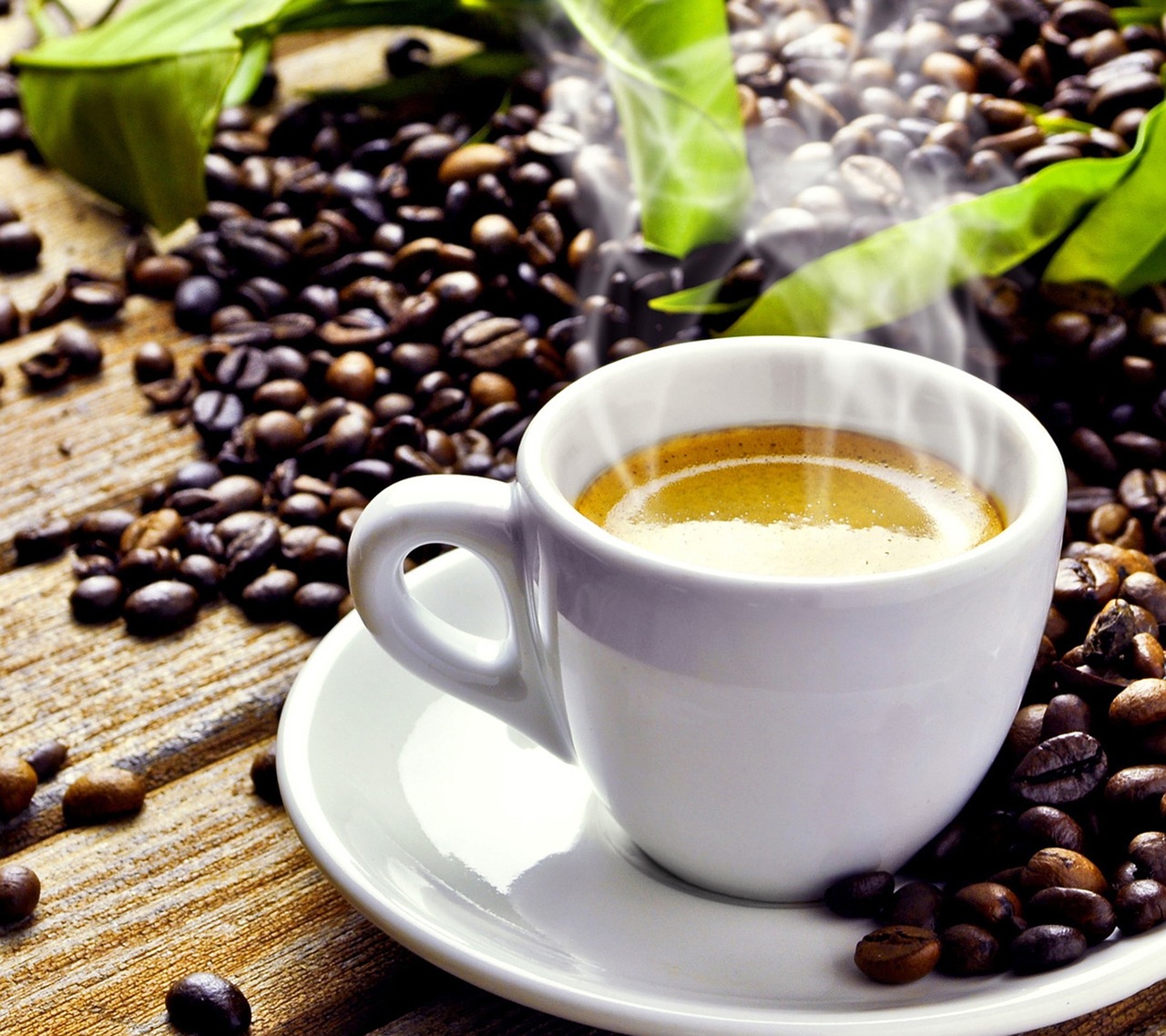
Any hob is suitable for cooking in a Turk. But there are several nuances to consider:
- if you have an induction hob, you will need a special Turkish nozzle or a standard adapter;
- if you use a gas stove, keep in mind that the diameter of the burner must be less than the diameter of the bottom of the cezve or use a divider.
- for conventional electric stoves, a divider is also used;
- when preparing a drink on glass-ceramic devices, no additional devices are required.
If you have experience in making coffee according to the recipes listed in the rating, or more interesting options, tell us about it in the comments.













Throughout my life I read a lot about making coffee. There seems to be nothing to surprise. Alas, I did not know that the diameter of the Turk should be larger than the diameter of the burner. I'll try it in the morning.